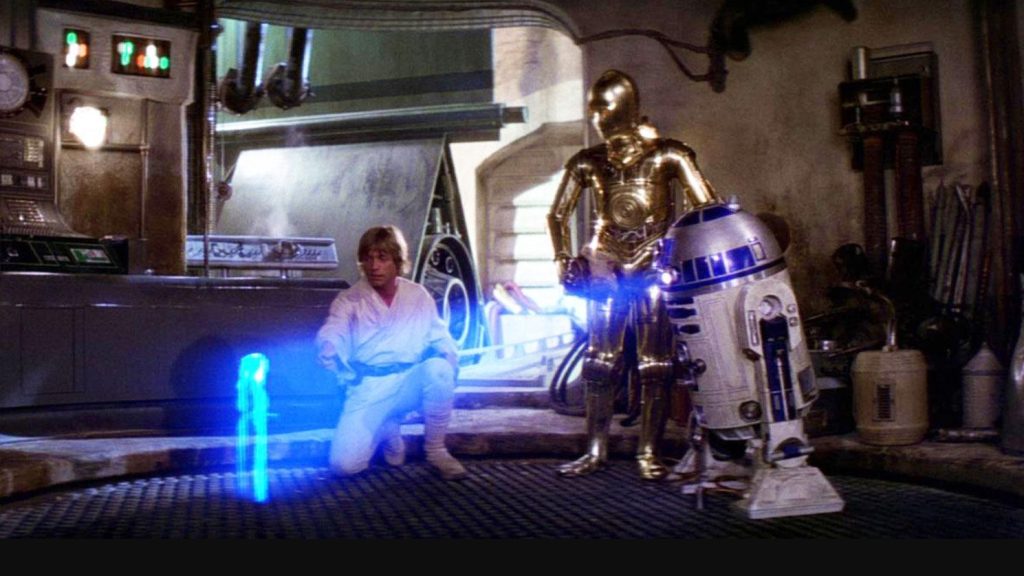Star Wars, a beloved franchise of movies, TV shows, books, and comics, has captured the imaginations of fans worldwide for over four decades. At its core, Star Wars is a science fiction story set in space, complete with battles between spaceships, lightsaber duels, and mysterious alien species. However, the movie is more than just a series of stories; it has helped define and shape our understanding of space culture and has influenced popular culture and sentiments in many ways.
One of the critical ways Star Wars has impacted space culture is through its depiction of space travel. The franchise popularised the concept of hyperspace travel, where spaceships could travel at faster-than-light speeds by entering a parallel dimension known as hyperspace. The concept of hyperdrive has become a staple of science fiction, inspiring many scientists and engineers to explore the possibility of developing faster-than-light travel in real life. The idea of a warp drive, similar to the hyperdrive seen in Star Wars, has been studied by real-life scientists such as Miguel Alcubierre, who provided a geometric solution in the form of Alcubierre Warp Drive, Harold White who is currently working with NASA to materialise the dream of faster than light travel, Richard Obousy, and Eric Davis who have added to the banks of knowledge on hyper speeds.
Beyond inspiring scientific inquiry, Star Wars has also helped to shape popular attitudes about space militarization. For instance, when US President Ronald Reagan first proposed the SDI (Space Defense Initiative) in 1983, the weapon system, being space-based, was dubbed “Star Wars,” after the movie.
Star Wars has inspired new technological development, which is beginning to come to reality only now. For example, the movie’s iconic holographic communication technology has inspired real-life researchers to create holographic displays for medical, entertainment, and military applications. Several companies like HYPERVSN, VividQ, and MDH Hologram Ltd have successfully created hologram models and are now perfecting the technology.

The impact of Star Wars on space culture is undeniable. Since the first film’s release in 1977, the franchise has grossed over $10 billion at the box office and spawned countless spin-offs, merchandise, and media earning over $65 billion.
But there is a proverbial ‘dark side’, as is said by the character Darth Vader, to the popularity of Star Wars, as happens with any sound socio-cultural icon. The brand Star Wars was exploited recently, during the Russia-Ukraine War, by none other than Mark Hamill, who is best known for his role as the protagonist, Luke Skywalker, in the Star Wars movies. Hamill has openly supported the supply of military drones to Ukraine during the War and called Russia “the evil empire.” Whether it is Hamill’s thoughts or those endorsed by suppliers of drones is not yet known. Brand ‘Star Wars’ continues to be a hot-sell even for the military-industrial complex, even in 2023.
Its influence can be seen in developing new technologies, popular culture memes and references cherished by millions of fans and those taking inspiration from it across various walks of life. The franchise, marching towards its 50th anniversary, is among the highest-grossing in the world and is even today a golden goose for its creators and stakeholders. Star Wars has become an integral part of space culture and has helped to shape our understanding of space travel, exploration, and discovery. It has left a lasting legacy that must be cultivated well by its stakeholders, not exploiting it for propaganda during conflicts but instead using it to assuage rivalries.





